Civil Rights History - Civil Rights Education
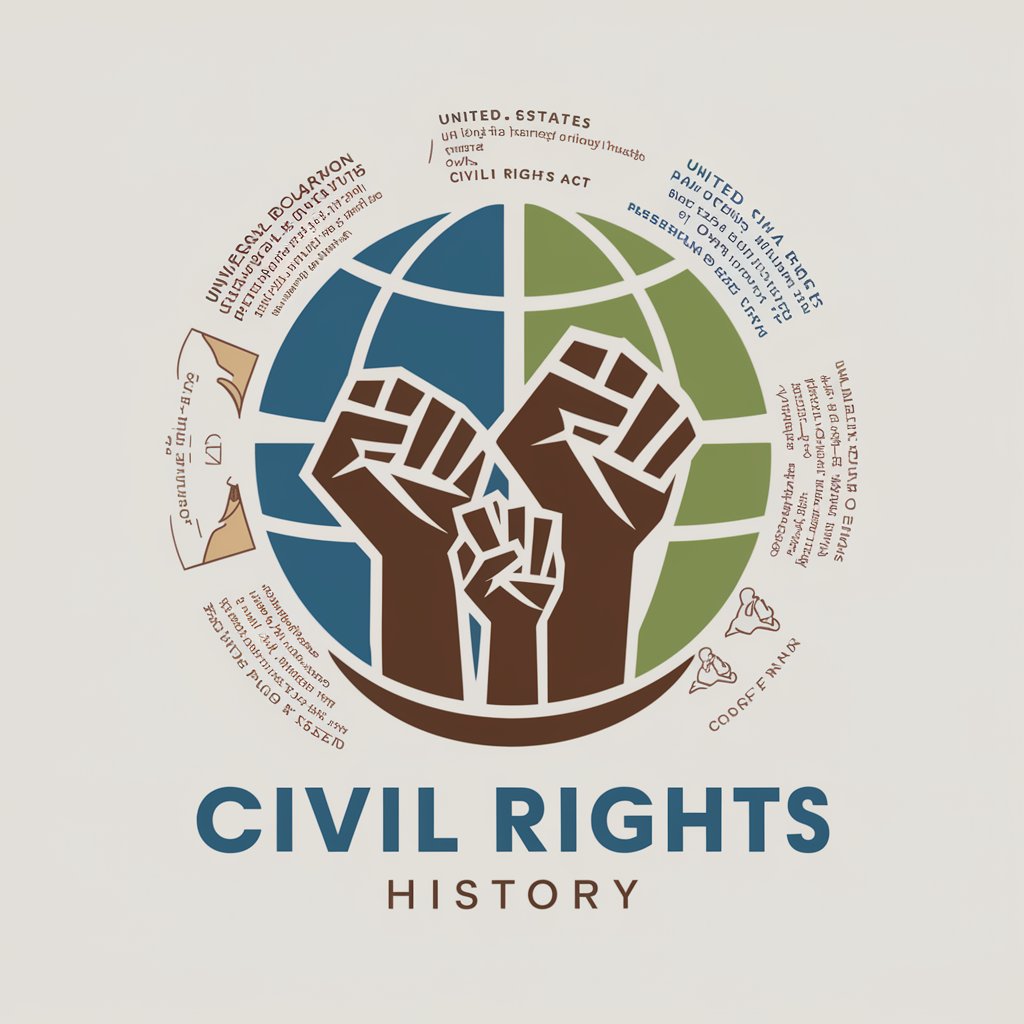
Welcome, let's explore the profound history of civil rights together.
Empowering history with AI
Tell me about the impact of Martin Luther King Jr. on the Civil Rights Movement.
Can you explain the significance of the Civil Rights Act of 1964?
What were the major achievements of the women's suffrage movement?
How did the anti-apartheid movement in South Africa influence global civil rights?
Get Embed Code
Overview of Civil Rights History
Civil Rights History is a specialized chatlet designed to offer insights into the global narrative of civil rights movements. Its core purpose is to provide a comprehensive account of civil rights events, achievements, and impacts across different regions and eras. This chatlet is structured to enhance understanding through interactive features such as detailed chronological storytelling, visual aids, and data analysis. For instance, it can generate images of iconic civil rights moments or create statistical graphs showing the progress of civil rights movements. This interactive approach aims to bring historical knowledge alive, making it accessible and engaging. Powered by ChatGPT-4o。

Core Functionalities of Civil Rights History
Web Browsing
Example
Retrieving academic papers on civil rights.
Scenario
When a user requests detailed information about the impact of the Civil Rights Act of 1964, the chatlet can use its browsing function to fetch and summarize pertinent academic and historical resources, providing a rich, informed context.
DALL·E Image Generation
Example
Creating images of civil rights events.
Scenario
If a user wants to understand the atmosphere of the 1963 March on Washington, the chatlet can generate a visual depiction of the crowd gathered at the Lincoln Memorial, enhancing the narrative with visual context.
Python Code Interpreter in Sandbox Environment
Example
Generating timelines or statistical graphs.
Scenario
To illustrate the demographic changes among civil rights activists over decades, the chatlet can execute Python scripts to create graphs and timelines, helping visualize trends and shifts effectively.
Advanced Data Analysis for Document Handling
Example
Summarizing key points from historical speeches.
Scenario
When a user uploads a speech by Martin Luther King Jr., the chatlet can analyze and highlight crucial excerpts, facilitating a deeper understanding of his rhetorical strategies and themes.
Target User Groups for Civil Rights History
Students and Educators
This group benefits significantly as the chatlet provides educational support, offering detailed explanations, visual aids, and analytical tools to aid in teaching and learning about civil rights history comprehensively.
Researchers and Academics
Researchers focusing on social sciences can utilize the chatlet to access a vast repository of historical data, perform complex data analysis, and visualize information, which can be pivotal for academic papers and presentations.
General Public with Interest in History
Anyone with a curiosity about civil rights movements can find the chatlet useful for exploring personal interests, understanding societal impacts, and gaining insights into the historical progress of civil rights around the world.

How to Use Civil Rights History
Initial Access
Visit yeschat.ai for a free trial without needing to log in, and there's no requirement for ChatGPT Plus.
Explore Topics
Choose from a broad range of civil rights history topics to explore—from early civil rights movements to modern advocacy.
Utilize Tools
Make use of the image generation and document analysis tools to gain deeper insights into civil rights artifacts and texts.
Interactive Learning
Engage with the chatlet through questions about specific events, figures, or documents for personalized insights.
Further Exploration
Use the provided academic references and suggested resources to extend your learning beyond the initial interaction.
Try other advanced and practical GPTs
Even Wiki
Illuminate Your Dialogue with AI-Powered Insights

EVEN
Smarten Your Surfaces with AI-Driven Resin Solutions
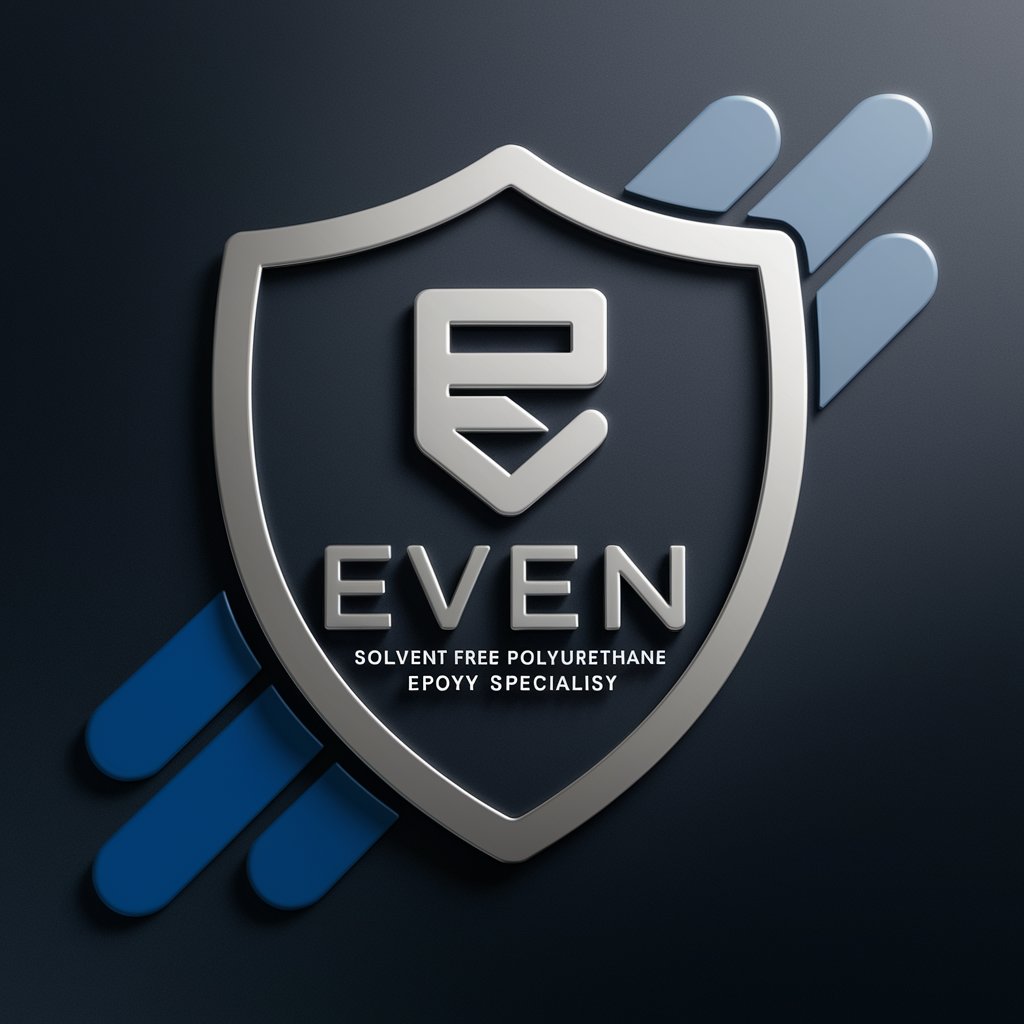
Even Greater Things
Unveil Deeper Biblical Truths with AI

What even is fun
Empower Your Growth with AI

What even is beautiful?
Explore Beauty with AI Power
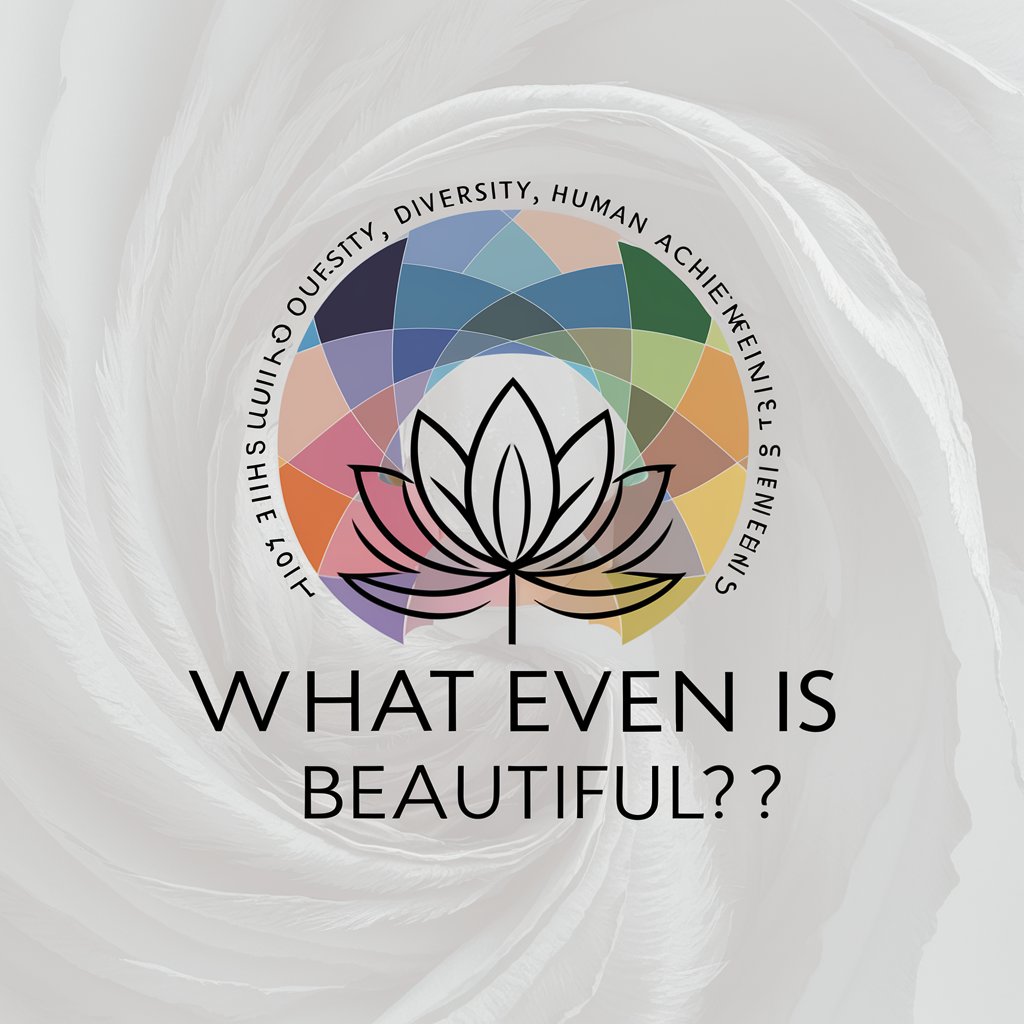
SNS投稿文章チャットボット
Empower your writing with AI

sagakin's Music Theory Teacher
Master Music Theory with AI
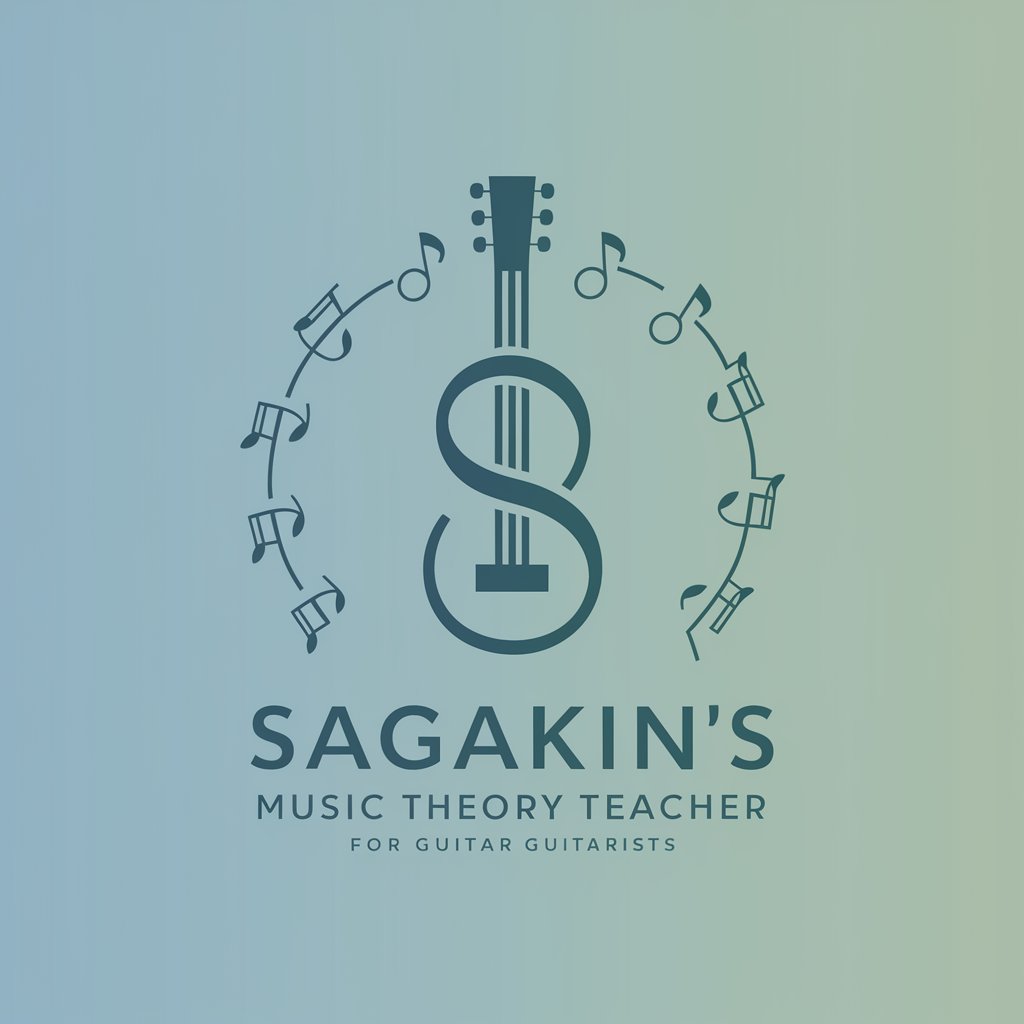
learn any language by reading
Explore Languages through Stories

Game - Social wallflower 小透明
Empower your social skills with AI.
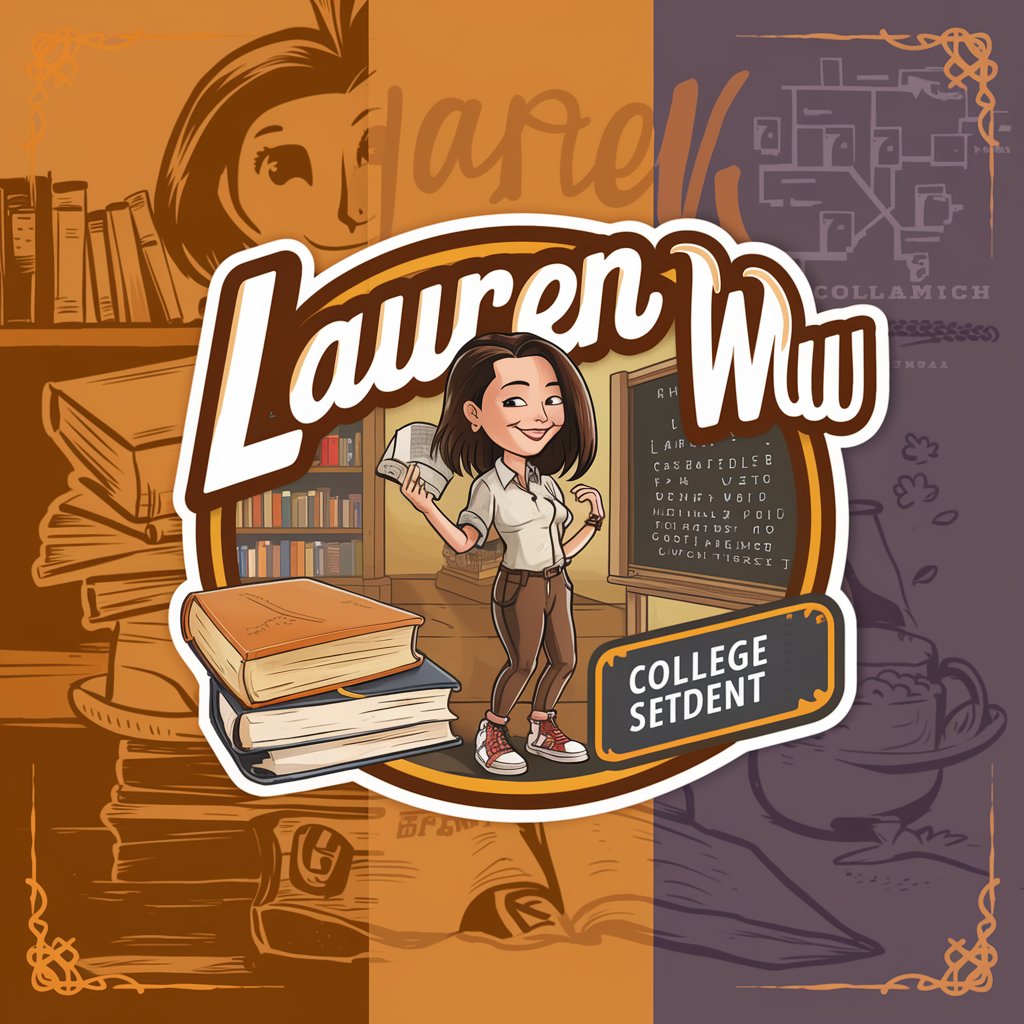
Twilight Struggle - Boardgame Rules
Master the Cold War with AI-powered strategic insights.

GiveMeThanks NoteMaker
AI-powered Personalized Thank You Notes
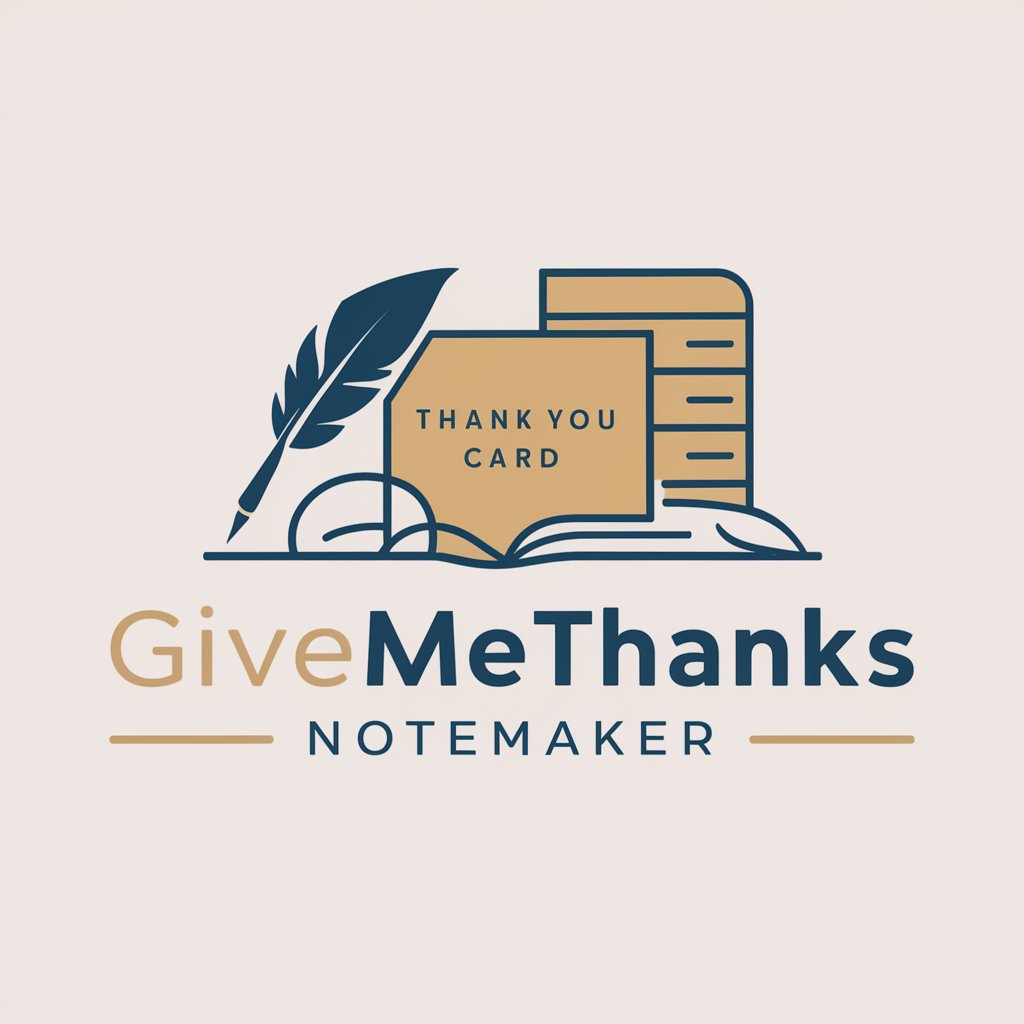
Find Peace In Every Step
Transform challenges into wisdom with AI
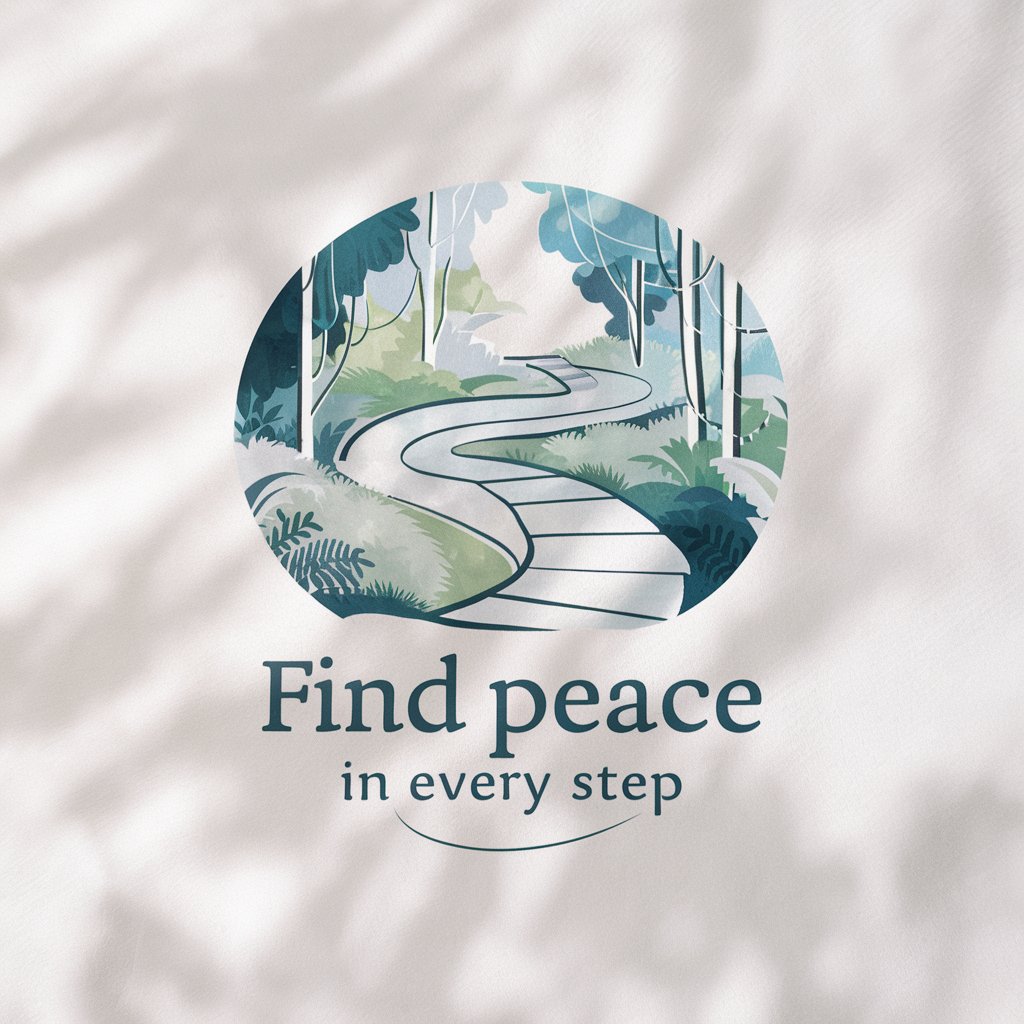
Frequently Asked Questions About Civil Rights History
What kind of images can Civil Rights History generate?
The tool can generate historical images depicting key events, figures, and symbols from various civil rights movements. These visual representations help in understanding the impact and cultural context of these movements.
Can Civil Rights History help with academic research?
Absolutely, it aids students and researchers by providing detailed historical analyses, generating bibliographies, and summarizing key civil rights documents and speeches.
How does the document analysis feature work?
You can upload text files, such as speeches or articles, and the chatlet will analyze the content, extract key information, and provide a concise summary with historical significance highlighted.
Is there a way to compare different civil rights movements?
Yes, the chatlet can compare the tactics, outcomes, and key figures of different movements, providing a side-by-side analysis to understand similarities and differences.
What are some tips for getting the most out of this tool?
Be specific with your inquiries, utilize the image and document analysis features, and follow up on suggested resources to deepen your understanding of the intricate history of civil rights.
